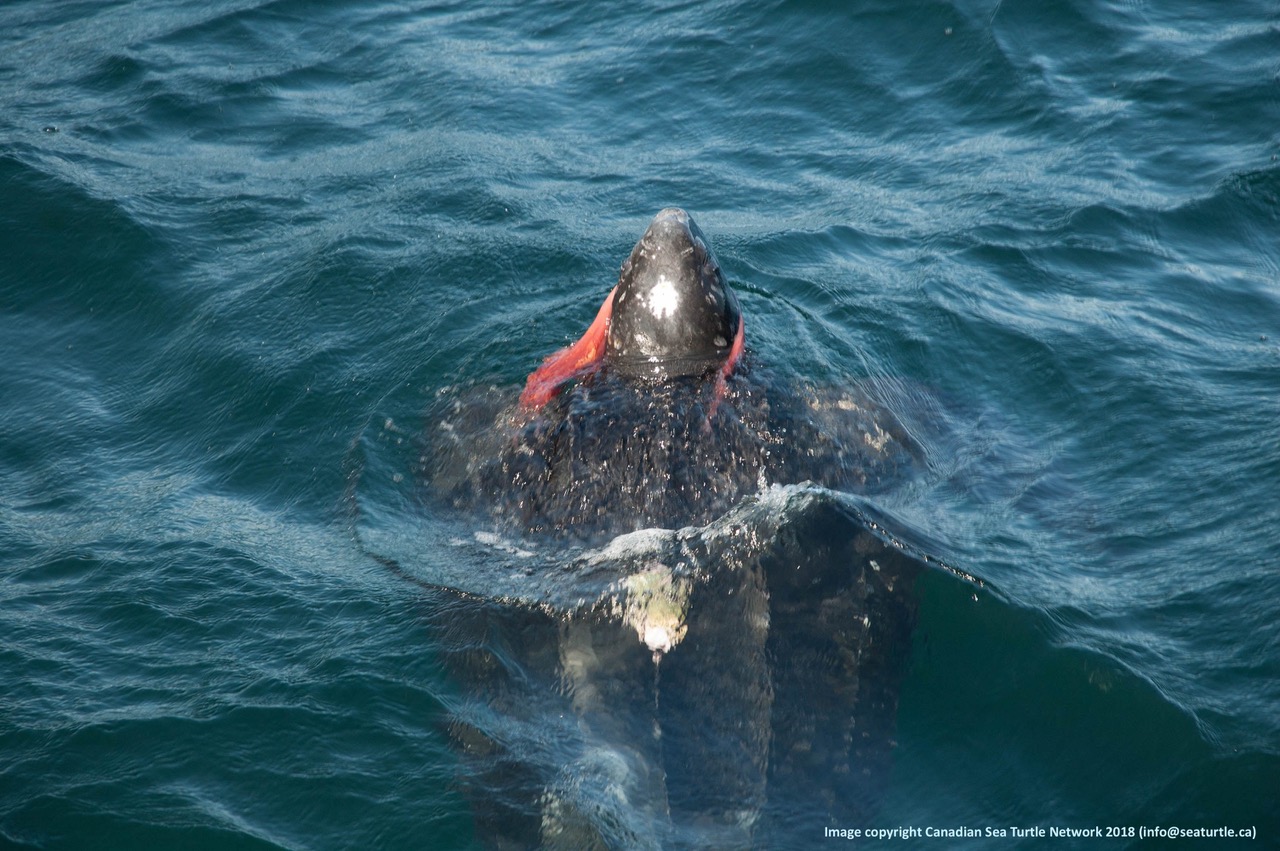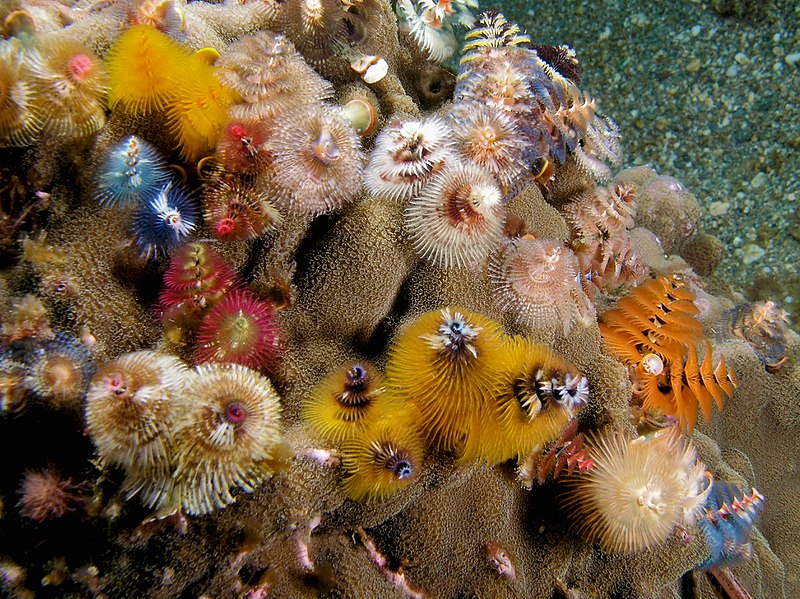
Akkaynak D, Siemann LA, Barbosa A, Mäthger LM. (2017) Changeable camouflage: how well can flounder resemble the colour and spatial scale of substrates in their natural habitats? R. Soc. Open Sci. 4: 160824. http://dx.doi.org/10.1098/rsos.160824
Camouflage is found throughout the animal kingdom, from lionesses blending in with the savannah, to leaf insects disappearing amongst tree branches. It is a fascinating adaptation that (strangely enough) has only intrigued scientists for the last century, despite Aristotle’s description of it over two millennia ago. We now know many creatures have camouflage in their bag of tricks, and the ones capable of active camouflage (rapid color change) are visual magicians—at least as far as our human eyes are concerned.
But what about other animals? Are their eyes as deceived by these illusionists? That is precisely what Derya Akkaynak and her team at the Marine Biological Laboratory in Woods Hole, Massachusetts, wanted to quantify so they set their sights on the local windowpane and summer flounder fish species.
Flounder are primarily bottom-dwelling fish that are notoriously hard to spot. (Fig. 1) They blend into their surroundings with the help of specific types of chromatophores (pigment cells) that contract or expand, revealing blotches of brown/black, red, or yellow coloring. These cells are under neural control, meaning the fish need only look at their surroundings before beginning to selectively open or close chromatophores, thereby changing their overall body pattern. This does not occur instantly, especially if the fish are unfamiliar with their surroundings, but most transformations are complete within 15-60 minutes. For a fish that needs to ambush prey and hide from predators you would think this an excellent adaptation.

Here’s where the sensory biology of their predators and prey comes into play.
Humans are known as trichromats, meaning we have three different types of cone cells in our eyes specialized in perceiving red, green, and blue colors. While trichromacy is not limited to primates, its prevalence in the marine realm is rare. The guitarfish (a natural predator of flounder) are one of the exceptions, capable of seeing blues, greens, and muddled yellows. As for common prey for flounder, Akkaynak’s team selected green crabs and longfin squid—species more limited in their color vision. Green crabs are dichromats: their worldview is tinted in blue and green. Longfin squid are even more stunted and only see the world in hues of blue thanks to their monochromacy. Knowing that species interacting with the flounder perceived their surroundings differently, how did Akkaynak’s team even begin investigating the effectiveness of the flounders’ camouflage?
All previous descriptions of flounder camouflage lacked hard numbers to confirm the fish matched its environment in terms of pattern and coloration. So Akkaynak and her team used spectrophotometry to measure the precise wavelengths of light reflecting off chromatophores and modified computer code to analyze the camouflage’s granularity (level of detail) before comparing the measured values to those of the surroundings. This removed human bias from the equation and allowed her to quantify the flounder’s talent for disguise.

Flounder were placed in tanks with four distinct substrates: sand, small gravel, large gravel, and rocks. After some time for acclimation, researchers proceeded to take photos and spectral measurements (Fig. 2). The experimental tanks were lit with natural and artificial light, so researchers also compensated for fluctuations in light level by white balancing the cameras as the day progressed. Images were then processed and analyzed, separately comparing luminance, color contrast, and spatial patterns.
As it turns out, flounder are very adept at disguising themselves on certain substrates, and we now have statistics to support it! Granularity measurements (Fig. 3) revealed that both species adjusted well when placed on sand, small gravel, and large gravel. Rocks, however, posed a problem; flounder could not match the pattern nearly as well, as seen by the black or grey bars showing the Spectral Angle Mapping (SAM) measure. The closer to 1 this value is, the greater the disconnect between the flounder’s pattern and the substrate.

Akkaynak’s team moved on to model how the predatory guitarfish and preyed-upon green crabs might perceive these flounder. Mapping out the extent of color vision in humans, guitarfish, and green crabs (Fig. 4a, b, and c, respectively), the researchers then overlaid the spectral values of colors reflecting from the flounder and substrate. The overlap between the black and red dots reveals that the flounder can disguise themselves exceedingly well. Going even further, the team then reconstructed the “ideal” vs. existing camouflage on each substrate as viewed through the eyes of the predators and prey (Fig. 5). Here, they discovered that the difference in reflected colors were theoretically indistinguishable to green crabs (Fig. 5b) on all substrates, were occasionally noticeable for longfin squid (Fig. 5a), and were most conspicuous for the guitarfish (Fig. 5c). This could suggest that the flounder are camouflaged well enough to successfully ambush prey while having not yet evolved better techniques to hide from predators; however, this is a tenuous claim.

The study placed heavy emphasis on how the experimental design and wild conditions could skew the findings. First of all, spectral measurements were taken from the flounder at a distance of 1 cm due to limits of the equipment. The more likely scenario in the wild would have prey or predators further away, observing a larger field. In addition, this study did not incorporate other natural behaviors of flounder (e.g. burying/nestling into substrate), which would increase its camouflage. Also, near shore or benthic conditions are much less controlled; sediment can churn up, decreasing visibility and providing flounder with murky veils to hide within.
Akkaynak’s work has provided important stepping-stones to more objective research by considering an organism’s adaptations from the perspective of biologically relevant species and by modifying existing technology to quantify measurements in an unbiased way. We may never be able to see the world through the eyes of another animal, and that’s precisely why we have to take ambiguous/biased descriptions made by humans out of the equation. Given what you know now, do you have ideas about how you would approach similar questions in a study (real or hypothetical) of your own?
I am a former PhD student from the University of Rhode Island, having discovered my love of teaching and informal science education in part through OceanBites! Since departing academia, I’ve focused on creating educational content for visitors at the New England Aquarium, Chincoteague Bay Field Station, and now the National Aquarium. I’ve also dabbled in co-creating a comedy/brainstorming podcast, ThunkTink, and enjoy getting lost in nature with my dogs.


